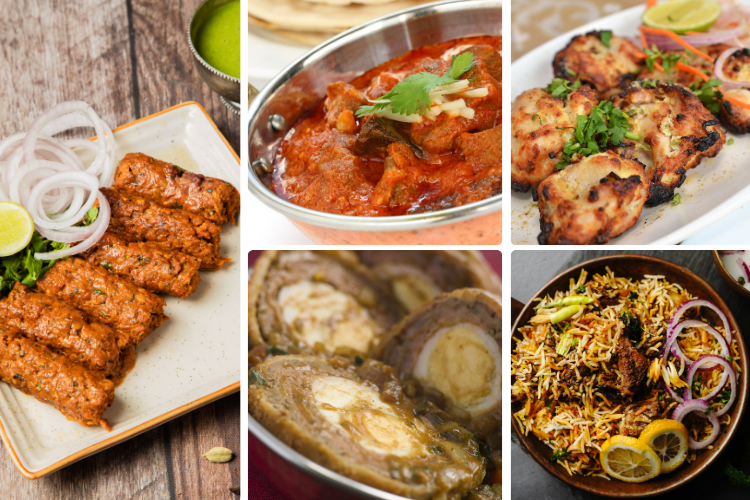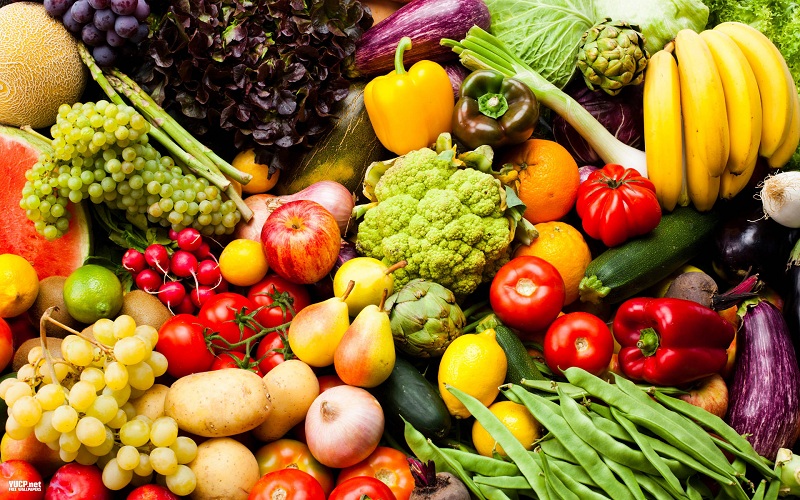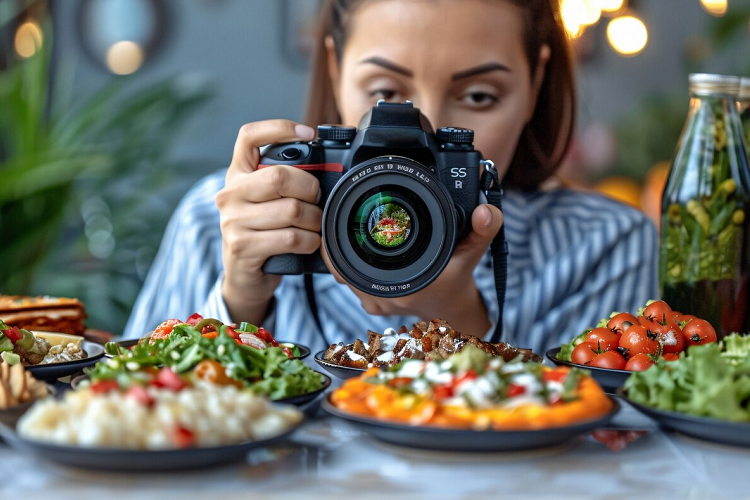In the world of coffee connoisseurs, the term “single origin” holds a special place. It refers to coffee beans that come from a specific place, offering a unique flavour profile distinct to that area. However, the real magic lies in the roasting process, where skilled artisans bring out the full potential of these beans. This article will delve into the intricate art of roasting single origin coffee beans and how it is significant in shaping the rich tapestry of flavours in every cup.
Understanding the Basics
Before delving into the roasting process, it is essential to grasp the distinguishing factors that set single origin coffee beans apart. Unlike blends, which combine beans from various locations, this coffee comes from a single geographical region. This focus on a specific locale allows coffee enthusiasts to experience the distinct characteristics that soil, climate, and altitude impart to the beans.
Terroir and Its Influence
Terroir, a term often associated with wine, plays a crucial role in the world of coffee as well. It encompasses the environmental factors that affect the beans’ development – soil composition, climate, and altitude. These variables contribute to the unique flavour notes that coffee aficionados appreciate. For instance, beans grown in the volcanic soils of Ethiopia may offer a hint of fruity acidity, while those from the high-altitude regions of Colombia might present a balanced, chocolatey richness.
The Roasting Process: A Culmination of Science and Artistry
Green Beans: The Starting Point
The journey of crafting flavours begins with green coffee beans. These beans, unroasted and raw, lack the aromatic and taste profiles that make coffee so enticing. It’s during the roasting process that these green beans undergo a remarkable transformation.
The Crucial Role of Heat
Roasting is essentially the application of heat to green coffee beans. The process induces a series of chemical reactions, known as the Maillard reaction, which brings about the browning of the beans and the development of complex flavours. Roasters carefully control temperature, time, and airflow to create the desired taste profile.
Roasting Levels: From Light to Dark
Light Roasts: Preserving the Bean’s Inherent Characteristics
Light roasts are roasted for a shorter duration, typically stopping just as the first crack occurs. This approach aims to preserve the unique characteristics of the bean, allowing the drinker to experience the full spectrum of flavours originating from the terroir. Light roasts often boast bright acidity, floral notes, and a tea-like quality.
Medium Roasts: Achieving Balance
Moving towards the middle of the roasting spectrum, medium roasts strike a balance between preserving the bean’s original flavours and introducing roasty notes. This level of roast often appeals to a broader audience, offering a harmonious blend of acidity, sweetness, and body. It allows for a nuanced cup that captures both the essence of the bean and the artistry of the roaster.
Dark Roasts: Bold and Intense Flavours
Dark roasts, on the other hand, undergo a more extended roasting process, resulting in beans with shiny surfaces and oils on the surface. While this roast level diminishes some of the bean’s origin characteristics, it introduces bold, smoky flavours with a fuller body. Dark roasts are a favourite among those who appreciate the robust and intense aspects of coffee.
Artisanal Techniques: Elevating the Roasting Process
Precision Roasting: An Exact Science
Mastering the art of roasting involves precision. Roasters meticulously monitor and adjust variables such as temperature, airflow, and roasting time to achieve consistency and the desired flavours.
It’s a delicate dance between science and intuition, requiring a deep understanding of the beans and the roasting equipment.
Small Batch Roasting: Quality Over Quantity
In the world of coffee craftsmanship, the embrace of small-batch roasting emerges as a deliberate choice, emphasizing quality over quantity. This meticulous approach gives artisans heightened control over the roasting process, ensuring each batch receives the attention it deserves.
Small batch roasters can experiment with different profiles, tailoring the roast to highlight specific nuances of the beans. This commitment to precision elevates the flavor profile and fosters a deep connection between the roaster, the beans, and the discerning coffee enthusiasts who appreciate the artistry behind each carefully crafted batch.
Conclusion
In the world of single origin coffee, the art of the roast stands as a testament to human skill and appreciation for flavour nuances.
From the verdant hills of Ethiopia to the mountainous regions of Costa Rica, each cup tells a story of terroir, meticulous roasting, and the dedication of artisans.
As you savour your next cup of single origin coffee, take a moment to appreciate the craftsmanship behind the roast, for this careful orchestration elevates a simple bean into a symphony of flavours.






